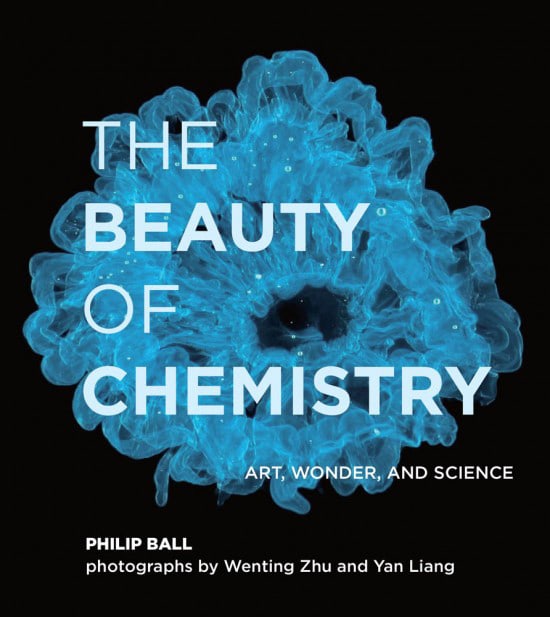Art and science tend to be very different disciplines. In popular culture, they’re set in opposition to one another: left brain versus right brain, creative versus empirical. But a new book of images shows chemistry at play, illustrating how the disciplines overlap.

Zhu and Liang captured the images by atypical means, too. They used microphotography, time-lapse photography, and infrared thermal imaging to capture processes that can’t be seen by the naked eye. And the results are illuminating. “This book shows that what [art and science] have in common is that both require us to learn how to look and how to see,” says Ball. “If we know how to look—then we see the most remarkable things.”
Take frost, for instance. It forms in branch-like patterns on window panes. But what you’re actually seeing is the scientific process of crystal growth, the orderly and geometric self-assembly of atoms. It’s one of Ball’s favorite series of photographs in the book. “They’re stunningly beautiful,” he says, “but there’s also some really interesting science in how that happens.” The sparkling geometric patterns in frost and snowflakes are called dendritic growth, and this process isn’t unique to water. Silver and zinc have the same behaviors. And while you can see the result of the process with the naked eye, the intricate patterns actually come from the molecular structure.

As Ball notes, the visual similarities in the images “often point to deep similarities in the processes.” These photographs create a visual toolkit that he hopes will spur curiosity about all the chemical processes happening constantly in our daily lives. “Until you have trained your eye to look at things like that, to see those sorts of regularities, you don’t even ask the question,” says Ball. “Art is also about training us to look in fresh ways at things that otherwise might be familiar. And in science, that’s where you find your questions.”


 Fastcompany.com adheres to NewsGuard’s nine standards of credibility and transparency.
Fastcompany.com adheres to NewsGuard’s nine standards of credibility and transparency.